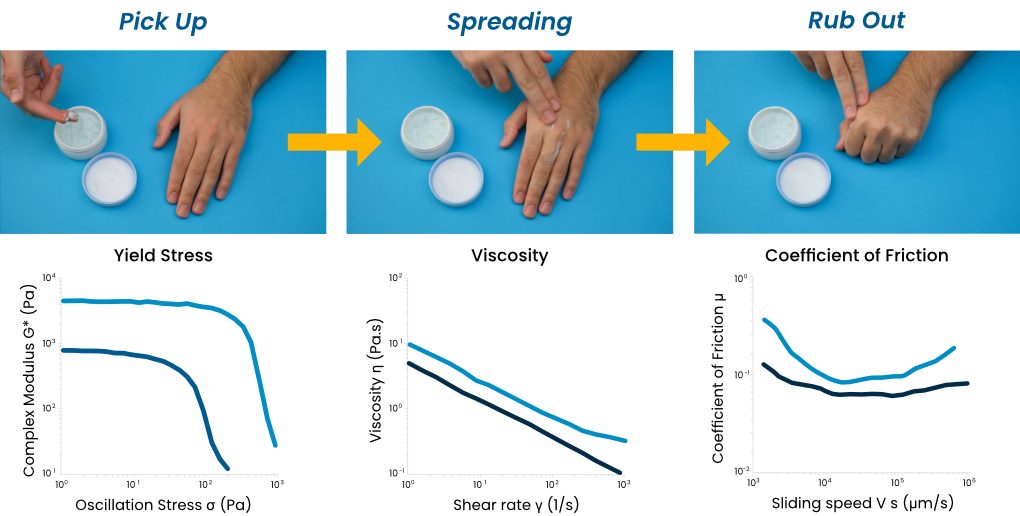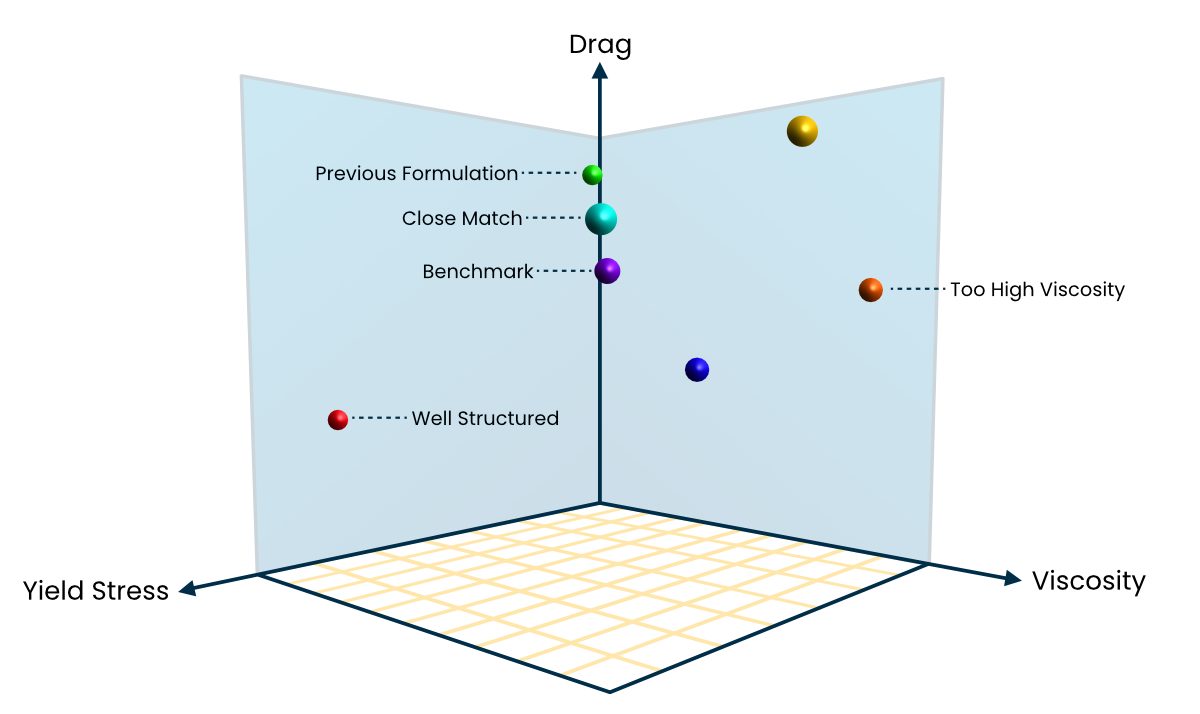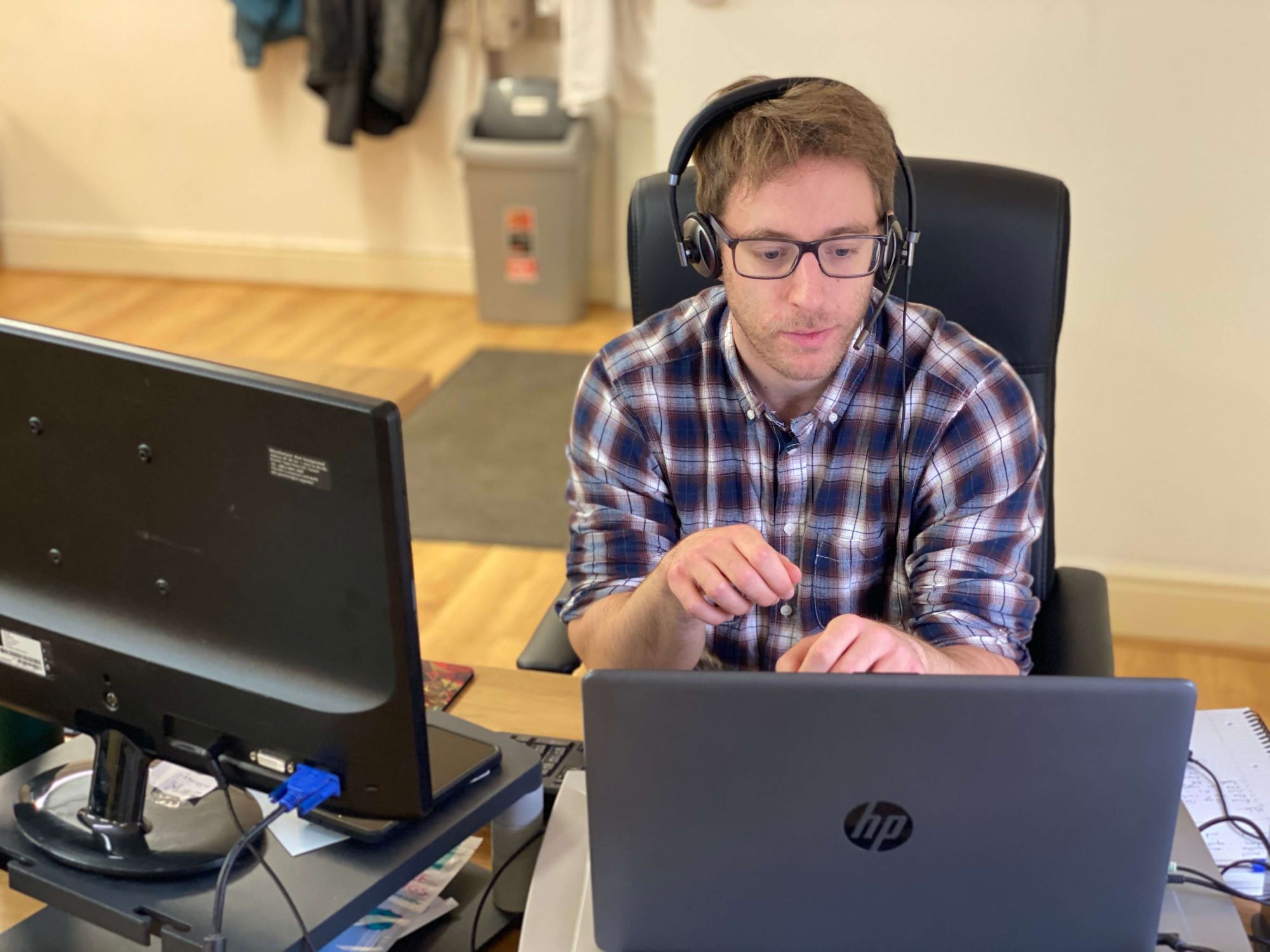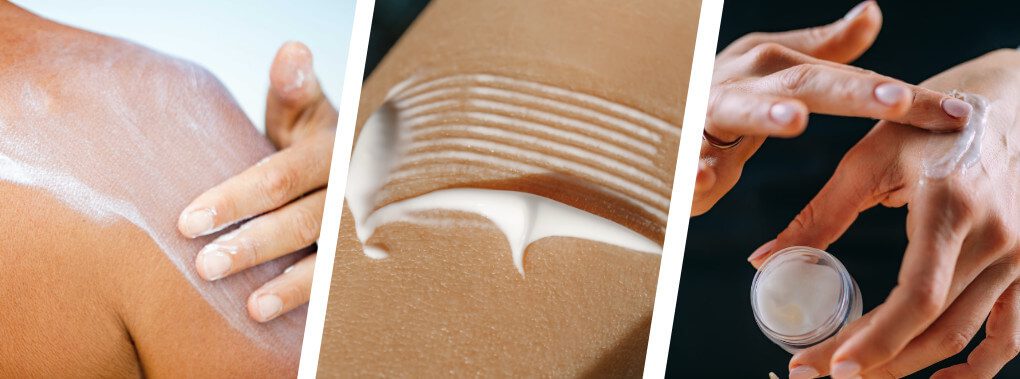Quantified – Repeatable – Objective
The Centre for Industrial Rheology has been delivering sensory prediction/tribo-rheological profiles to industry titans within the cosmetic, personal care, and pharmaceutical sectors for almost a decade.
The quest for the perfect cream or lotion formulation rests on a balance of sensorial experiences, which no longer must depend on sensory panels for measurement. In-vitro tribo-rheological profiling offers a rapid and cost-effective solution with quantified, repeatable, and objective results.
Immediate benefits of tribo-rheology sensory prediction include:
- Rapid screening of large numbers of new formulations
- Measurement of pharmaceutical topical products without human contact
- Cost-effective solution: avoid the expenses of a sensory panel.
Unlock a fast-track comparison of the physical properties that contribute to the sensory experience.
How does tribo-rheology for skin creams work?
The texture of topicals results from a range of fundamental physical properties: yield stress, viscosity, and friction. Individual measurements of these characterisations are often insufficient to describe any one aspect of the sensory experience. It’s the interaction between these properties that contributes to its texture. By scrutinising these properties and employing advanced data analysis, tribo-rheological profiling unveils objective measurements.

Consider the stages of interaction with a skin cream—pick-up, application, and rub-out. Each stage bears its significant physical contributors, evolving as the interaction progresses. Sophisticated research-grade equipment combined with years of expertise empower our lab to take precise and pertinent measurements that unravel this process.
Leveraging the data we provide, professionals utilise comparative analysis to assess samples against established benchmarks. This comparison aids in refining formulations, exploring ingredient replacements, conducting thorough competitor analyses, and substantiating marketing claims. Such comprehensive utilisation of data ensures informed and strategic advancements within the innovation of new personal care and pharmaceutical creams.

It’s not just about the data:
Effective human sensory panels, which are the traditional method of measuring the sensory attributes of creams and lotions, are not always a suitable solution. Organising human studies involves many resources, including time, expense, and expertise. Where studies require a fast turn-around or budgets are limited, rendering sensory panels unsuitable, tribo-rheology profiles from the Centre for Industrial Rheology provide on-demand and cost-effective sensory prediction results. Furthermore, the presence of Active Pharmaceutical Ingredients (API) in pharmaceutical samples often means sensory panels are not a feasible solution for concerns around human health. Pharmaceutical formulators grappling with the presence of an API that hinders in-vivo assessments can rest assured that measurements of sensory attributes are still obtainable through tribo-rheological profiles.
 Expert support surrounding Tribo-Rheology
Expert support surrounding Tribo-Rheology
Each investigation completed at the Centre for Industrial Rheology culminates in a comprehensive results presentation, an extensive Q&A session, and a generous support period. The aim is to ensure that the obtained insights can be fully harnessed by all stakeholders. You don’t need a PhD in physics to grasp the outcomes; the results are tailored to be easily interpreted and communicated across diverse teams.
In essence, tribo-rheology profiling stands as a transformative ally in product formulation. It unravels the web of physical properties through quantified, repeatable, and objective data drives the improvement of pharmaceutical and personal care cream formulations. This technology paired with our expert service and support not only aids in rapid screening and comparison, but also systemises scientific insights, making them accessible to all stakeholders involved in the product development journey.
To find out more, or to discuss arranging your own investigation, contact us.

